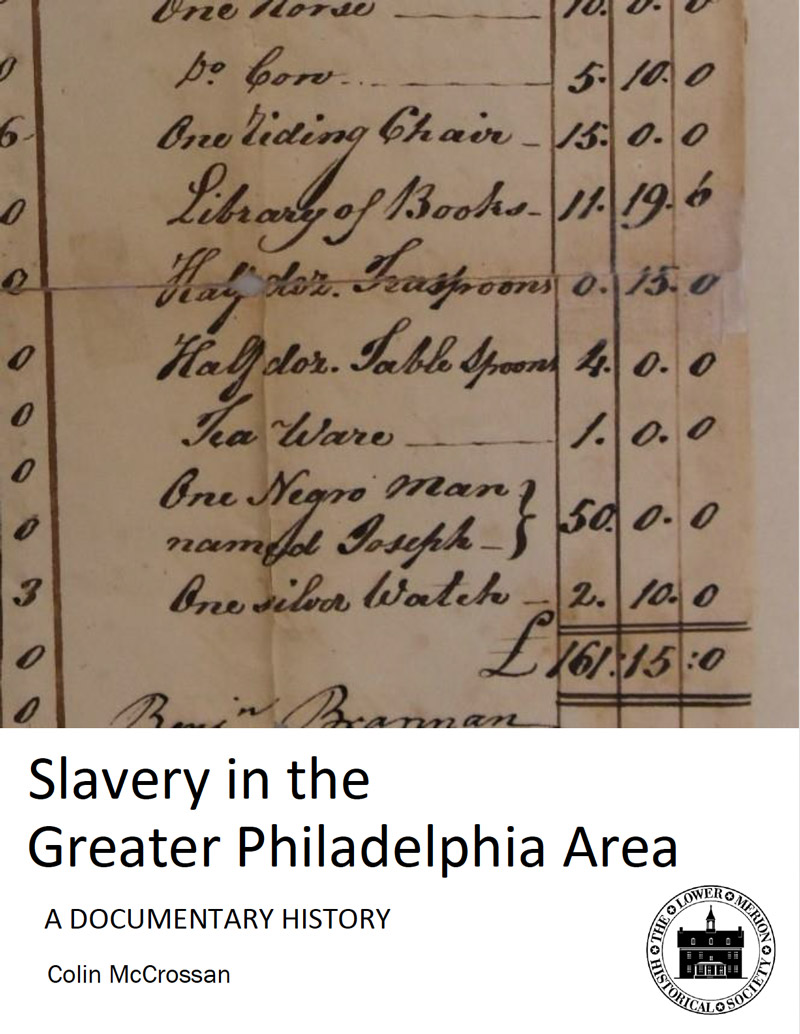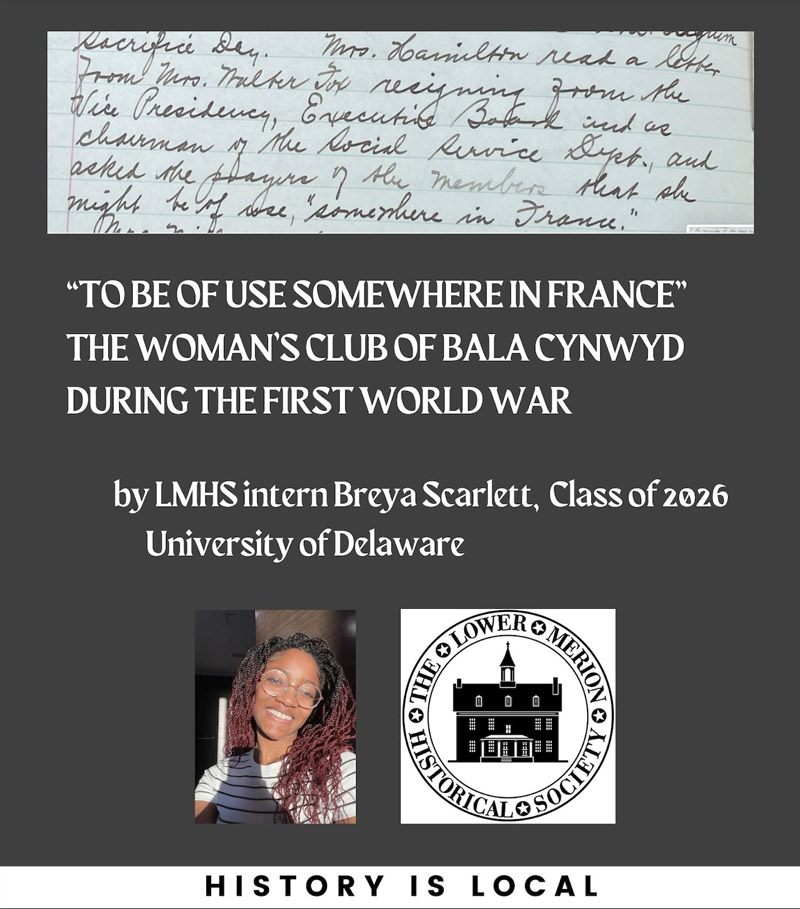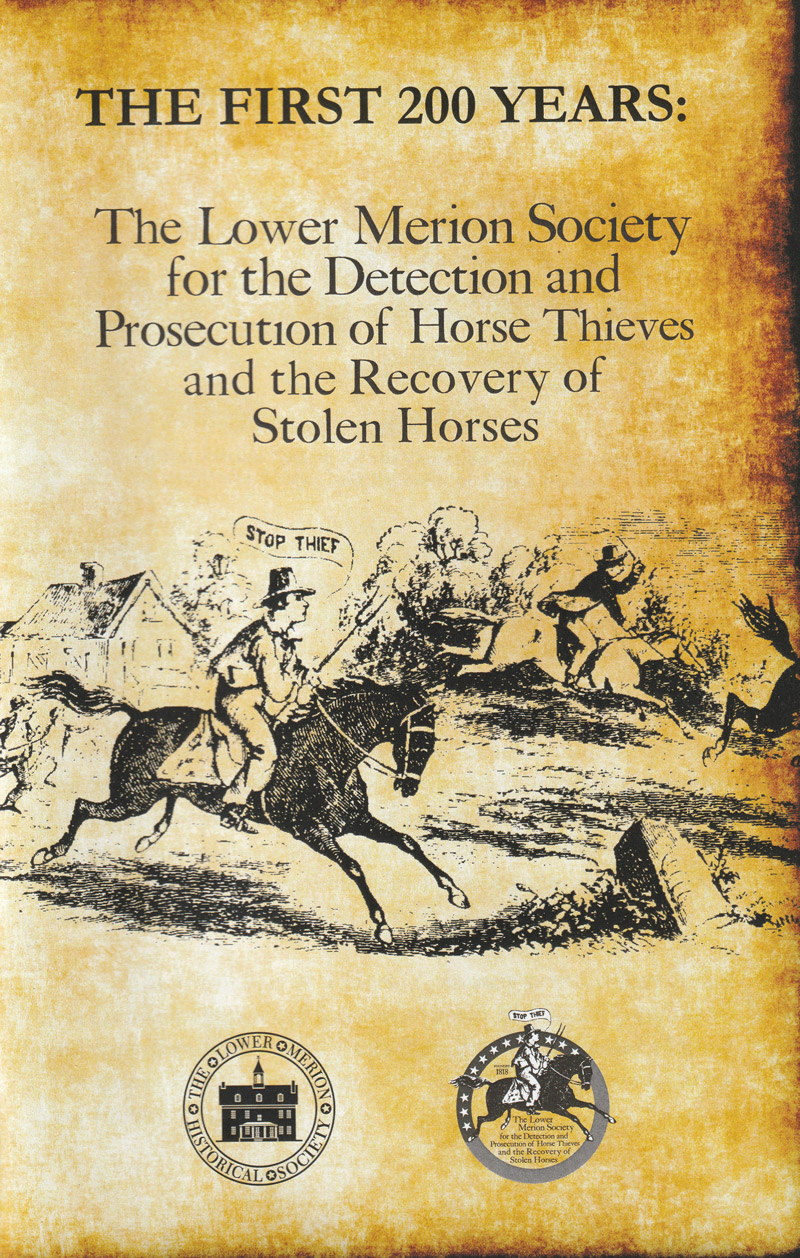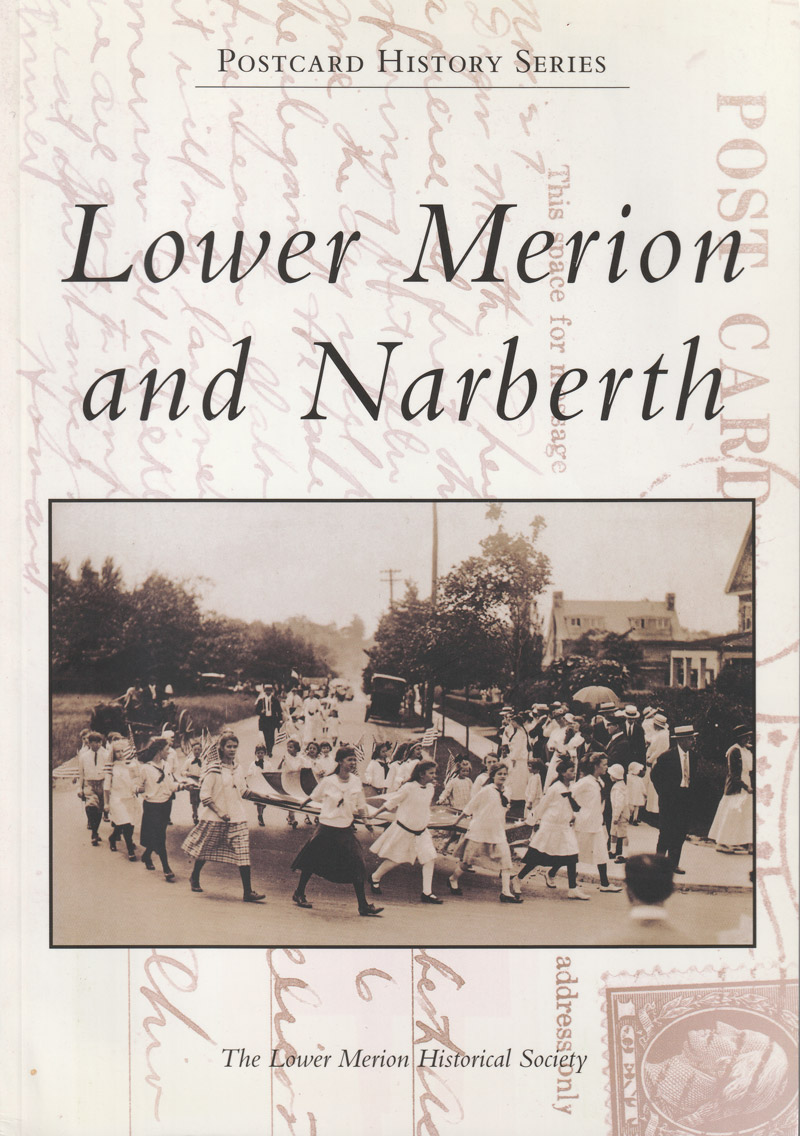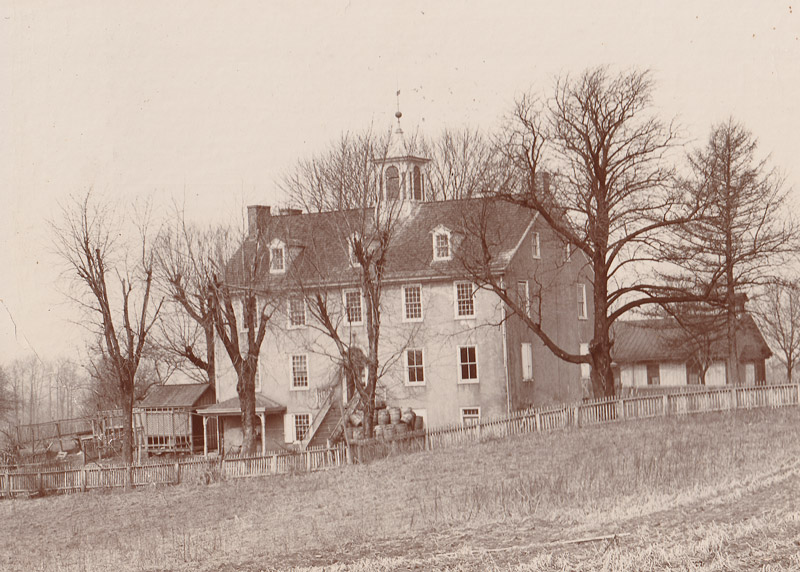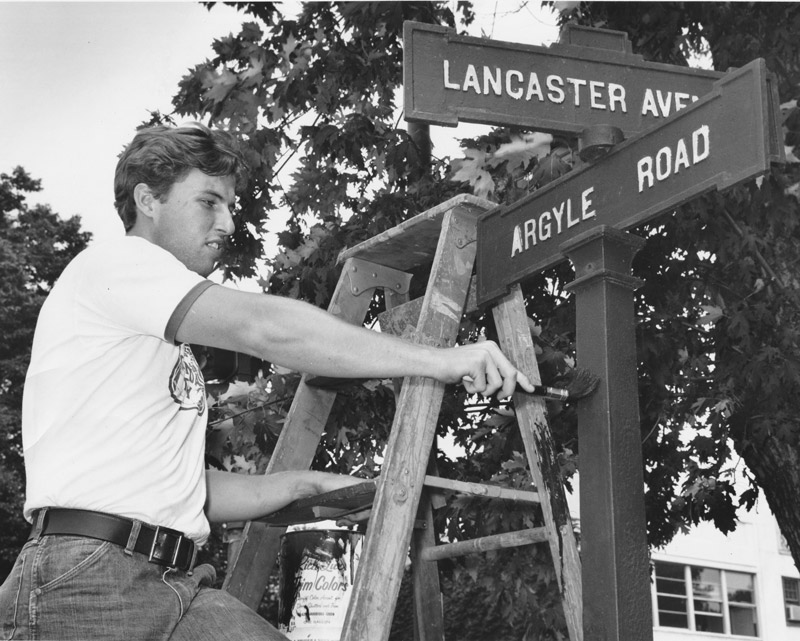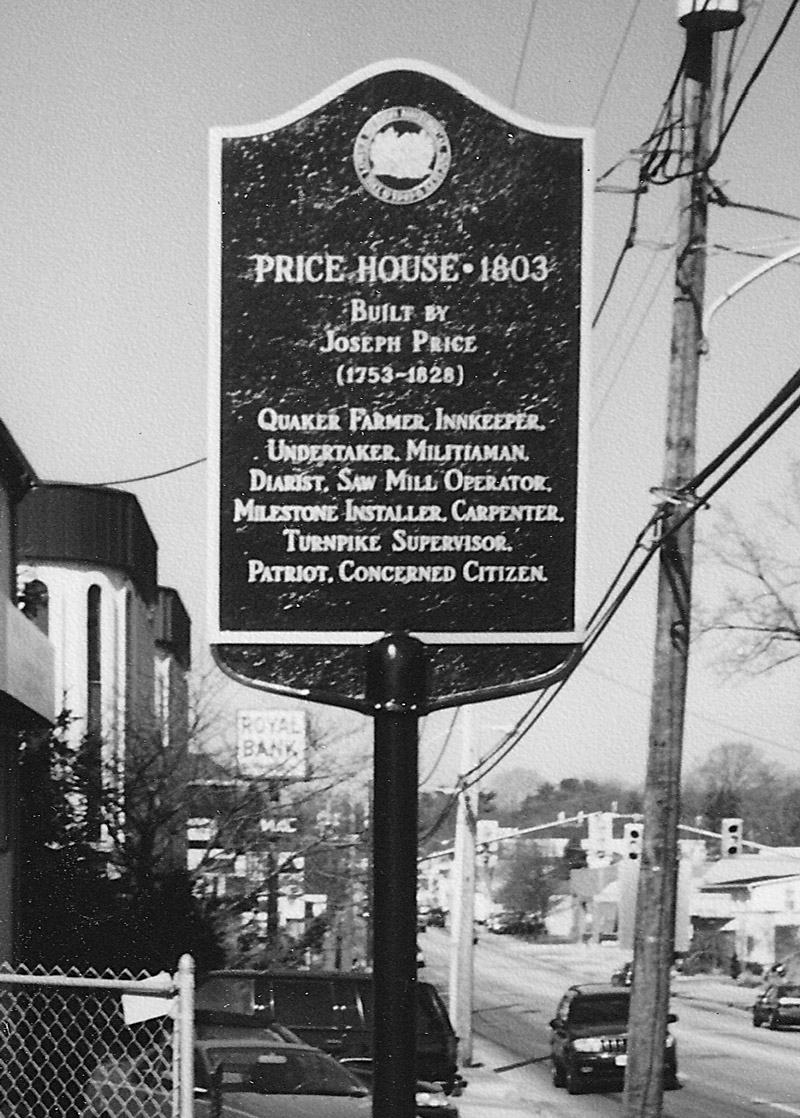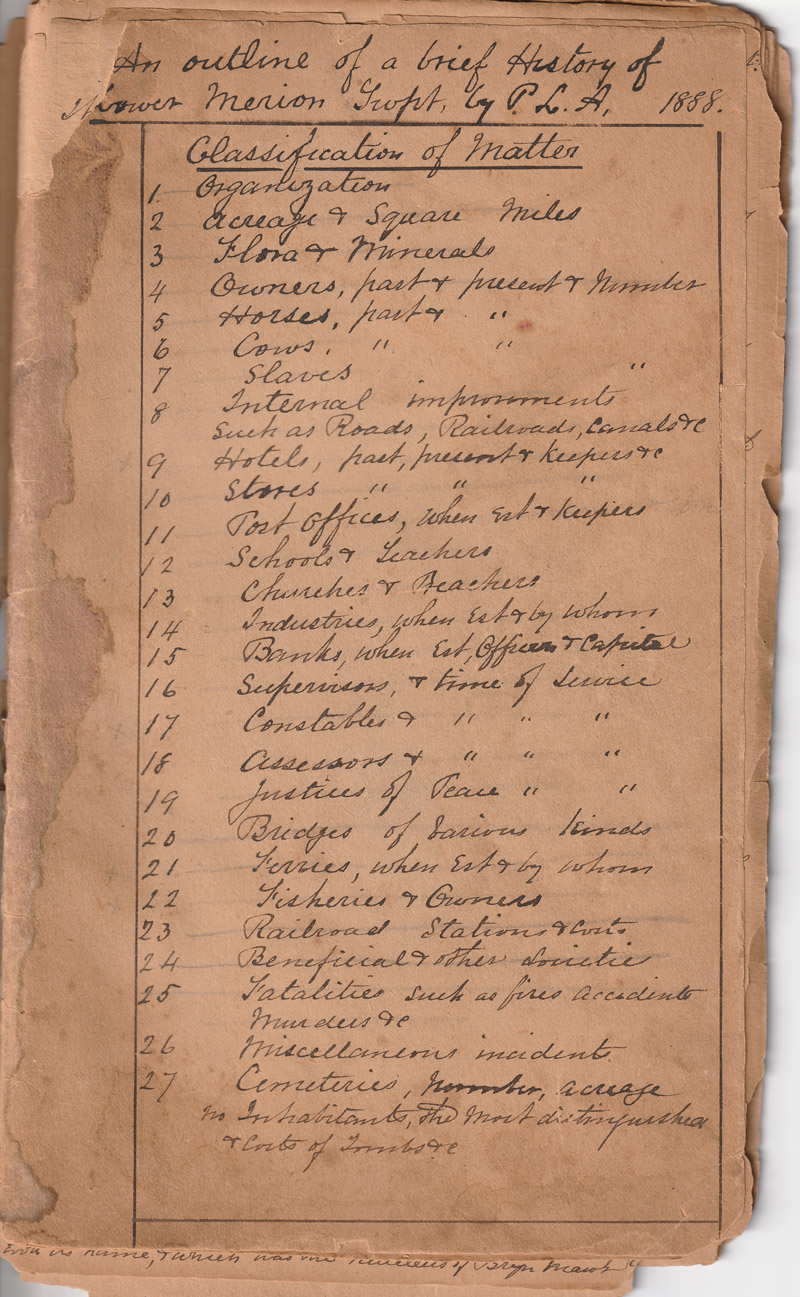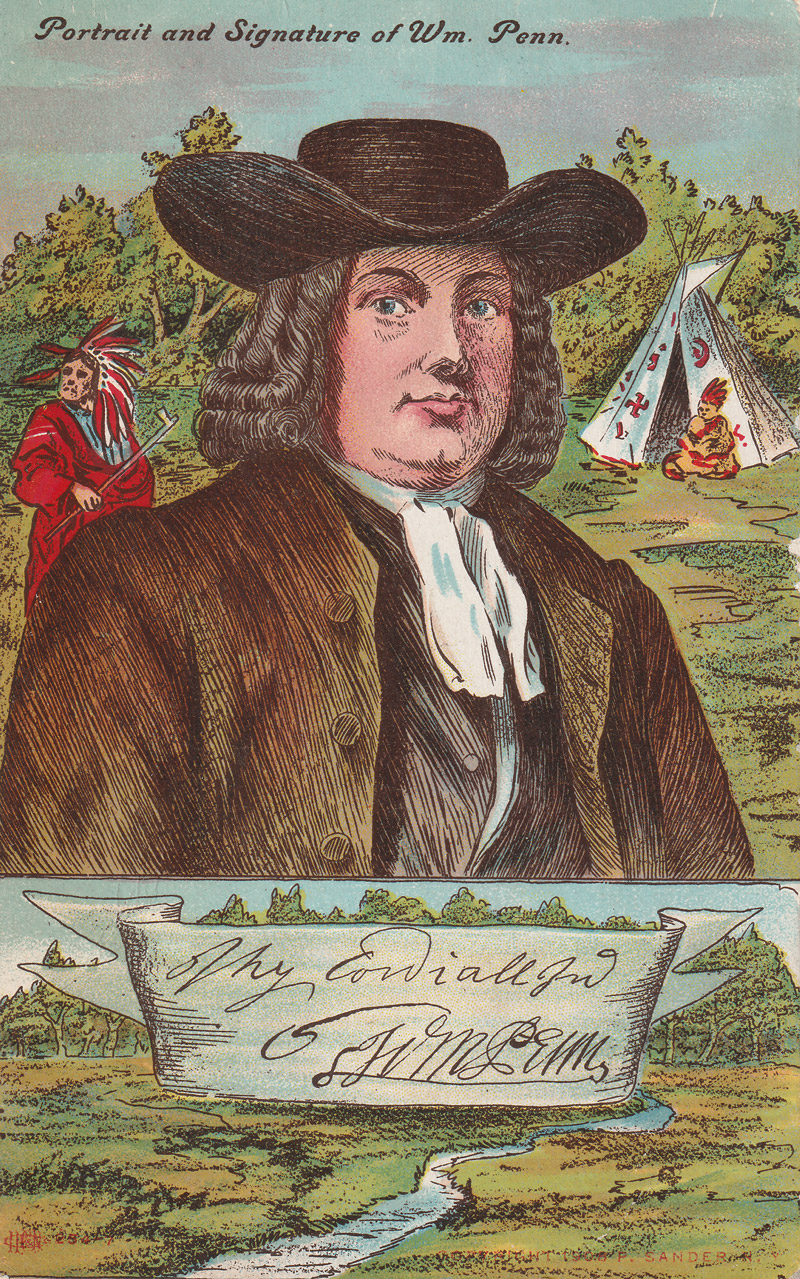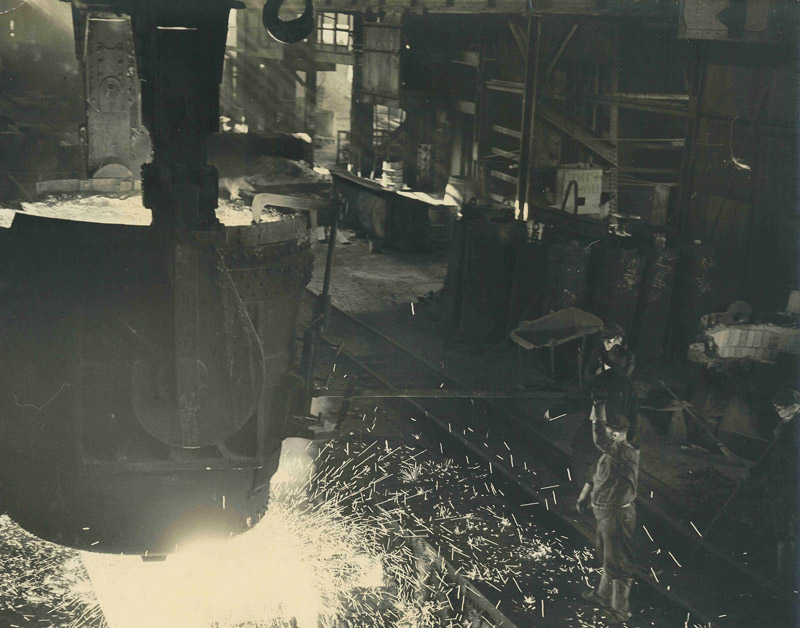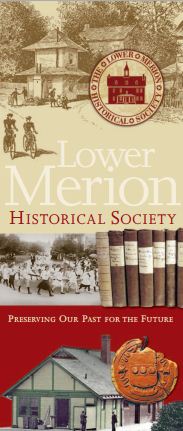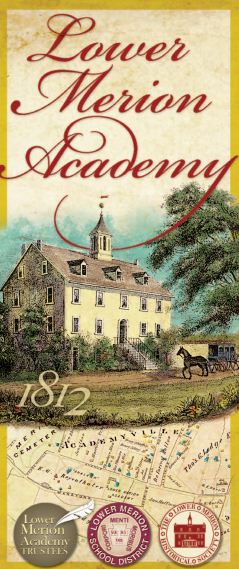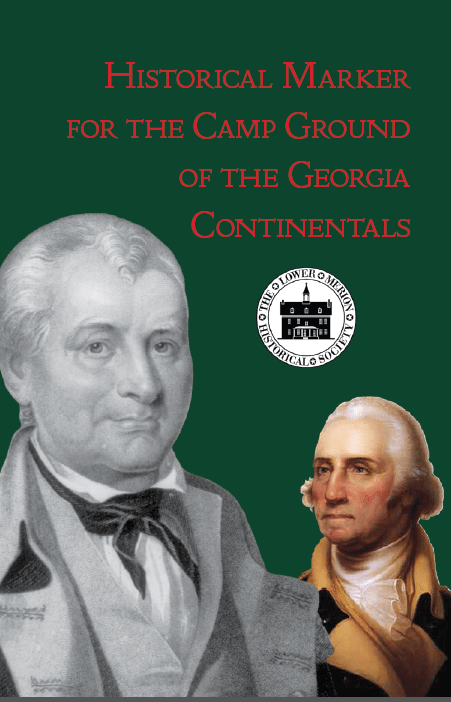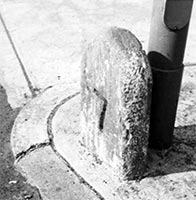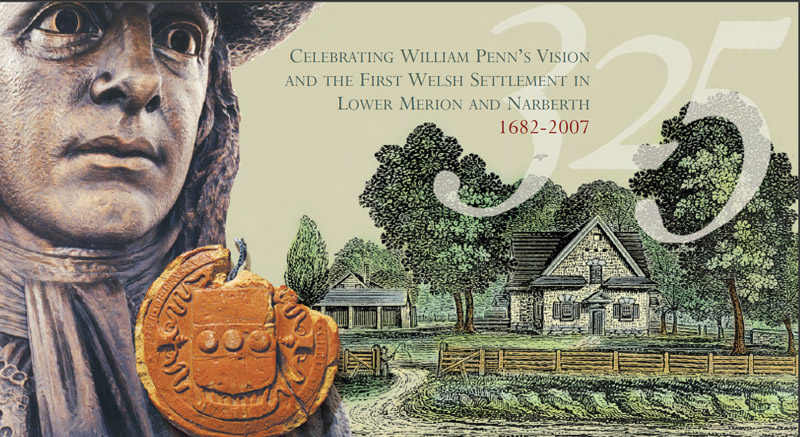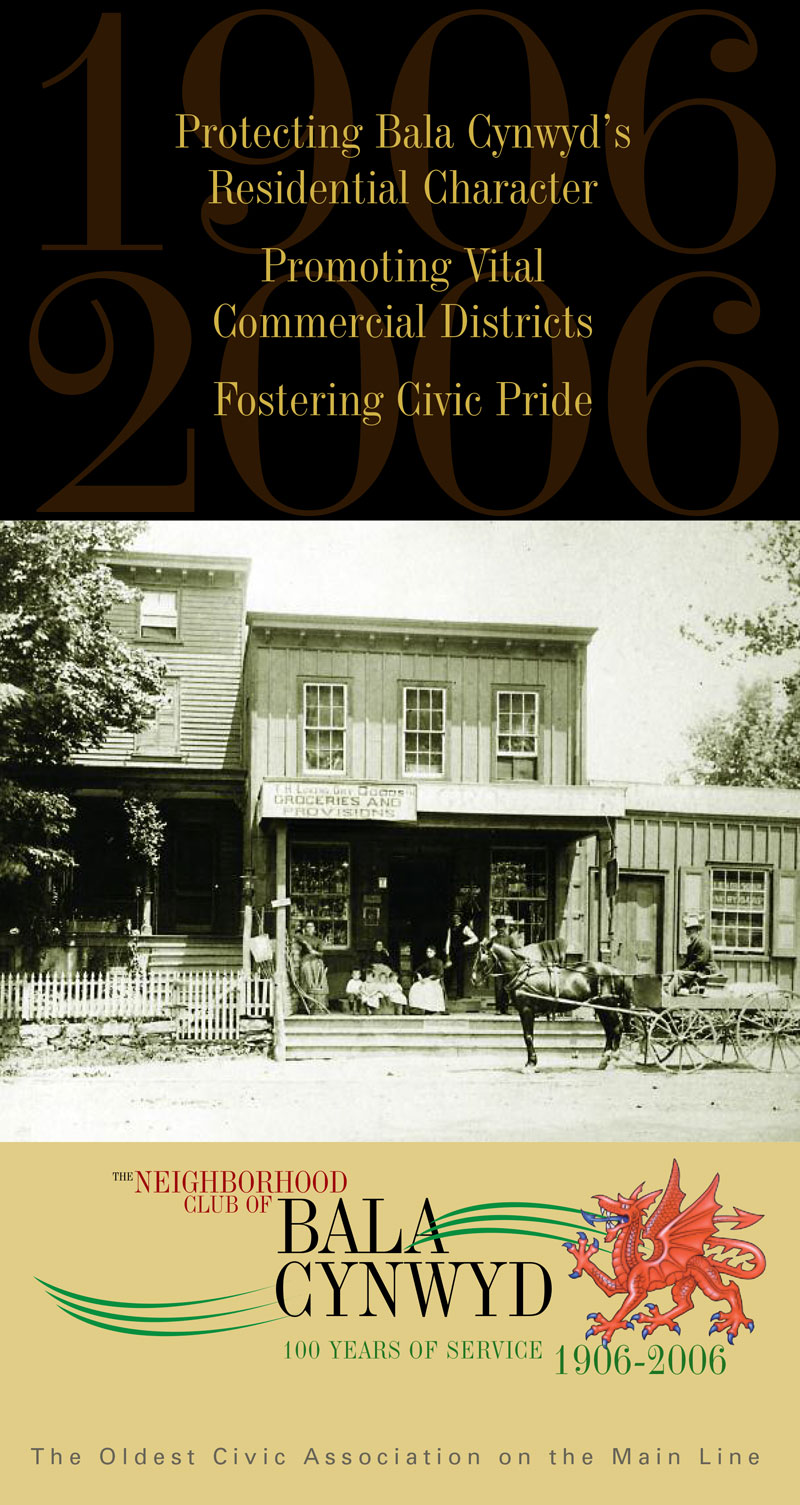Publications
Browse primary and secondary source documents about the history of Lower Merion and Narberth, including local school histories, diaries, and biographies.
By Colin McCrossan
A history of slavery in the Philadelphia region, compiled through primary source documents, now presented in a free and accessible way. Created by Villanova University Masters student Colin McCrossan during a summer internship with LMHS, sponsored by the Albert Lepage Center for History in the Public Interest.
By Breya Scarlett
Forgotten stories of the daily lives of Lower Merion women during World War I, as discovered in the full archives of the Woman’s Club of Bala Cynwyd. Created by University of Delaware Honors College student Breya Scarlett during a summer internship with LMHS.
By Jim Remsen and Brad Upp
The final year of the Civil War, a special Union Army post was swiftly erected on a hilltop in Lower Merion to handle a jumble of returning citizen-soldiers. Back From Battle reclaims the history of Camp Discharge and follows the often tumultuous lives of the Pennsylvania volunteer soldiers who passed through its gates.
By Jerry Francis
The 200-year history of this most ancient of Lower Merion community organizations, founded in 1818, and still in existence.
Edited by Jerry Francis and Sarah Francis
Part of the Postcard History Series published by Arcadia Publishing Company. 128 pages with more than 200 historical images.
By Ted Goldsborough
A brief history of the public schools in Lower Merion and Narberth, including background information and photos by school.
By David Schmidt
A collection of articles from 1999-2003, written for Main Line Life by David Schmidt, who received the Historical Architectural Review Board Journalism Award for Outstanding Service in 2001.
By Jo Anne Debes and Jerry Francis
A history of the oldest schoolhouse in the county, in continuous use for educational purposes since 1812.
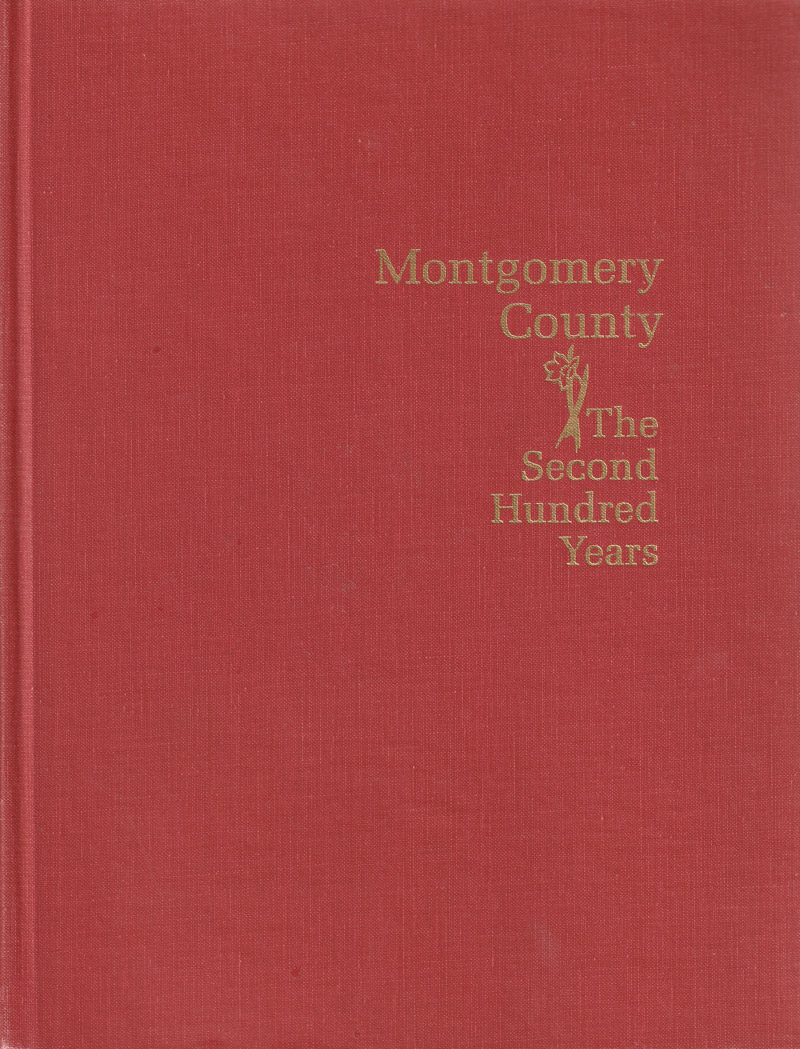
Montgomery County: The Second Hundred Years (1983)
A two-volume set of the history of Montgomery County from 1880-1980, including:
Lower Merion (Chapter 25, by Phyllis Maier)
Narberth (Chapter 33, by Victoria Donohoe)
Rich Men and Their Castles (Chapter 109, by Phyllis Maier)
By Charles R. Barker
Planned as a series of newspaper articles, but never published.
Transcribed by Mary Keim
The complete 1,211 pages of the 40-year diary of a prominent local Quaker; includes a topic finder.
By Perry L. Anderson
This handwritten history of Lower Merion was transcribed by the Lower Merion Historical Society in 2001.
By William J. Buck
Chapter 1, Lower Merion Township.
By Perry L. Anderson
This handwritten history of Lower Merion Academy, home of the Lower Merion Historical Society, was transcribed by the Historical Society in 2007.
By Theodore W. Bean
A description of manufacturing locations in Lower Merion, including paper, powder, and cotton mills, as well as Pencoyd Iron Works.
Brochures
Briefly describes the mission and history of LMHS, with library hours and contact information. For over 60 years, our volunteers and partners have provided educational programs, made our extensive resources more accessible to the public, and promoted the preservation of historic treasures.
The Academy building, established in 1812 by Quaker Jacob Jones as a schoolhouse, was established to fulfill William Penn’s Experiment of racial, class, and religious tolerance. This brochure describes its rich history, with images of its educational purposes.
This brochure details the Georgia Continental Army, who set up an encampment in 1777 in Merion in open fields in what was then primarily a Quaker enclave. A long-missing historical marker dated from 1919 to commemorate the encampment had been discovered in an abandoned house after many years.
Even greater detail of this battalion is detailed in this brochure, including correspondence to and from George Washington.
A history of Welsh immigrant arrival in this area and how these early settlers, Welsh Quakers, established homesteads, farms, and places of worship to create Lower Merion.
A history of Bala Cynwyd, from early Welsh settlers to the Pennsylvania Railroad and residential development. This brochure highlights old buildings such as the former Egyptian Theater and the old-time King’s Pharmacy. Both buildings still exist.
